UPDATE: Barry Johnson reviews TopShakeDance’s “Gust” on Arts Dispatch.
 Todd Stephen
Todd Stephen
By Bob Hicks
Feels like spring. Finally. Mr. Scatter is cavorting about town in short-sleeve shirts, anticipating the day after the Rose Festival’s Grand Floral Parade, when the rains might taper off for good and we can start thinking about summer. O gray, gray Puddletown: We’ve had about enough of you. Let the colors begin.
In this morning’s Oregonian Mr. Scatter reviews Gust, the new hour-long piece by Jim McGinn’s contemporary dance troupe TopShakeDance, at Conduit. Gust is also weather-driven: It’s about wind, which can be fierce in the skeleton of winter but really knows no season, and it’s quite good. Repeats tonight and next Thursday-Saturday, May 26-28. Tickets here.
Also recent in The Oregonian: In Friday’s A&E section Mr. Scatter reviewed the latest show by painter Jay Backstrand, one of the Oregon art scene’s grand old lions, and also provided a quick glimpse of recent work by a somewhat younger lion, Tom Cramer. Both exhibits are at Laura Russo Gallery through May 28.
The country ladder of success: Of course, around Puddletown a marginally nice day in spring is often an excellent excuse for a drive out the Columbia River Gorge, where the weather’s a little drier, the temperature’s a little warmer, and the views are slap-your-forehead spectacular. Plus, these days, there’s good coffee, good wine, and good stuff to eat.
Folks around Hood River have been busily promoting the valley’s spring charms, and one good bet looks to be Mosier artist John Maher‘s installation Running Fruit Ladders, a half-mile stretch of brightly colored 14-foot-tall orchard ladders that runs along Highway 35 (the back route to Mt. Hood) in front of the White House and Mt. Hood Winery. The ladders are continuing to run through May, so you still have a chance. Besides looking, we assume, really cool, the installation is a nice reminder of the high valley’s rich tradition of growing and harvesting some of the best fruit in the land. It’s also an obvious nod to Cristo and Jeanne-Claude‘s Running Fence, which famously rippled across Sonoma and Marin counties in the 1970s. Mr. Scatter had the great good fortune of running across that spectacular exhibition unawares, with no prior knowledge that it existed, and being utterly gobsmacked. The experience remains one of the artistic highlights of his life.

Photos, from top:
- TopShakeDance’s Dana Detweiler in “Gust.” Photo: Todd Stephen.
- John Maher’s installation “Running Fruit Ladders.” Artist’s rendition.
 Friday’s A&E magazine of The Oregonian includes Beautiful Bodies, Mr. Scatter’s cover story on the Portland Art Museum‘s new show The Allure of the Automobile, plus a review of Richard Barnes’s new show of behind-the-scenes photographs of natural history museums at Blue Sky Gallery and a brief look at the first group photo exhibit in the new gallery space at Newspace Center for Photography. Such a lot of stuff!
Friday’s A&E magazine of The Oregonian includes Beautiful Bodies, Mr. Scatter’s cover story on the Portland Art Museum‘s new show The Allure of the Automobile, plus a review of Richard Barnes’s new show of behind-the-scenes photographs of natural history museums at Blue Sky Gallery and a brief look at the first group photo exhibit in the new gallery space at Newspace Center for Photography. Such a lot of stuff!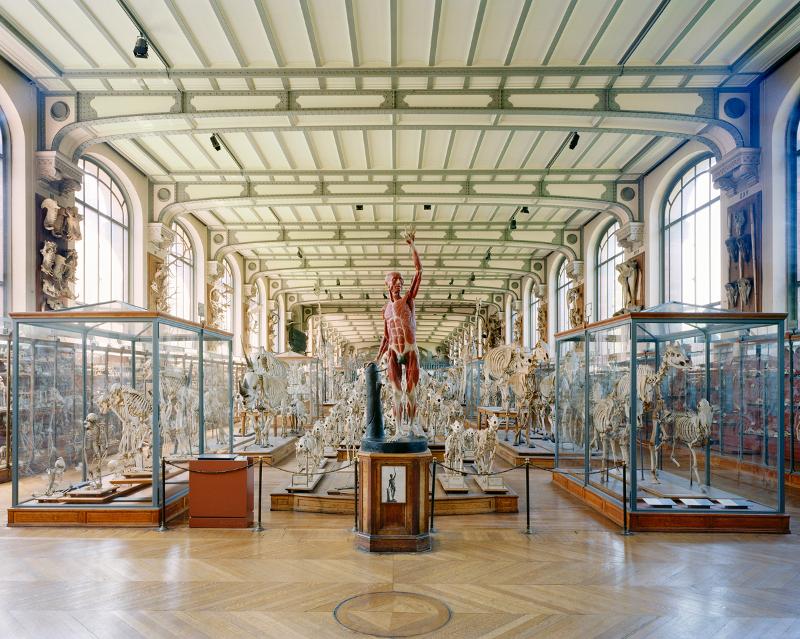
 It was the second recent new contemporary dance piece in town in which the music was an essential and equal partner to the dancemaking, defining and pushing the ideas as much as the choreography itself. (The first was
It was the second recent new contemporary dance piece in town in which the music was an essential and equal partner to the dancemaking, defining and pushing the ideas as much as the choreography itself. (The first was 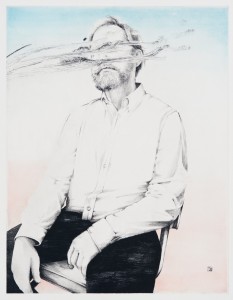 Bokashi, Storm Tharp/PDX Contemporary Art
Bokashi, Storm Tharp/PDX Contemporary Art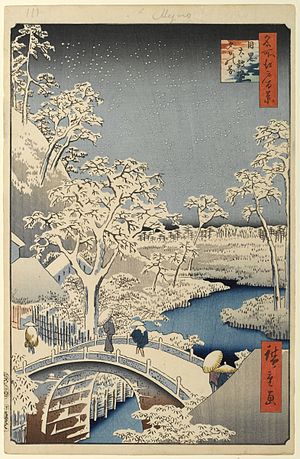 So of the 40 zillion or so images we might show you, we’ve chosen just one: Storm Tharp’s Bokashi, above, a 2011 softground print in an edition of 12 in the group show Oomph at
So of the 40 zillion or so images we might show you, we’ve chosen just one: Storm Tharp’s Bokashi, above, a 2011 softground print in an edition of 12 in the group show Oomph at  It strikes Mr. Scatter that what Bialystok has to say about research is equally true for that branch of creativity we like to refer to as artistic. An idea takes hold. You follow it. It leads you somewhere that might utterly astonish you. But once you’ve identified it, you need to trust it to lead you where it will. It’s not blind faith. But it is faith. Which doesn’t mean it won’t sometimes lead you down a dark alley for an artistic mugging. But those are the chances you take.
It strikes Mr. Scatter that what Bialystok has to say about research is equally true for that branch of creativity we like to refer to as artistic. An idea takes hold. You follow it. It leads you somewhere that might utterly astonish you. But once you’ve identified it, you need to trust it to lead you where it will. It’s not blind faith. But it is faith. Which doesn’t mean it won’t sometimes lead you down a dark alley for an artistic mugging. But those are the chances you take.
 Todd Stephen
Todd Stephen
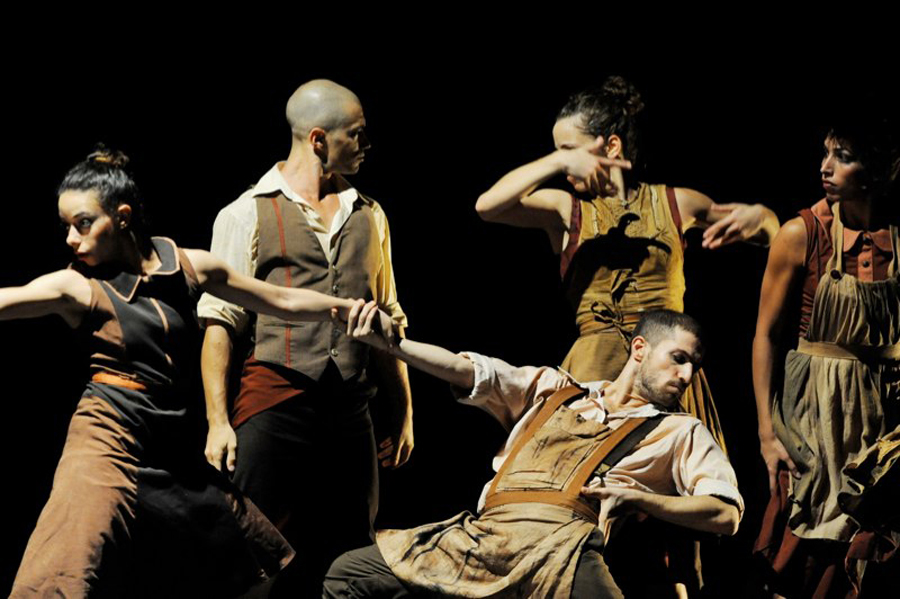 Gadi Dagon
Gadi Dagon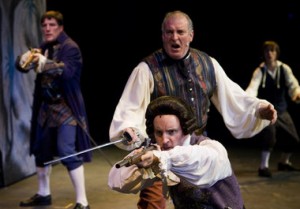 Jim was a terrific character actor, a good musician, an assured comedian with dramatic chops who could move with ease from the likes of David Mamet’s American Buffalo (which he performed years ago with the late, great Peter Fornara) to small-scale musicals like Pump Boys and Dinettes to a lot of kids’ shows, including his memorable turn as Smee in Peter Pan.
Jim was a terrific character actor, a good musician, an assured comedian with dramatic chops who could move with ease from the likes of David Mamet’s American Buffalo (which he performed years ago with the late, great Peter Fornara) to small-scale musicals like Pump Boys and Dinettes to a lot of kids’ shows, including his memorable turn as Smee in Peter Pan. 